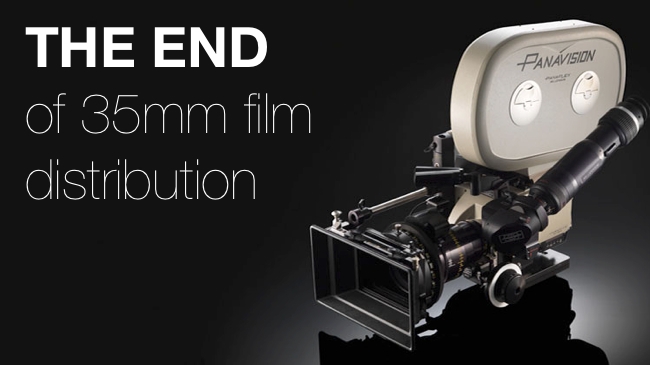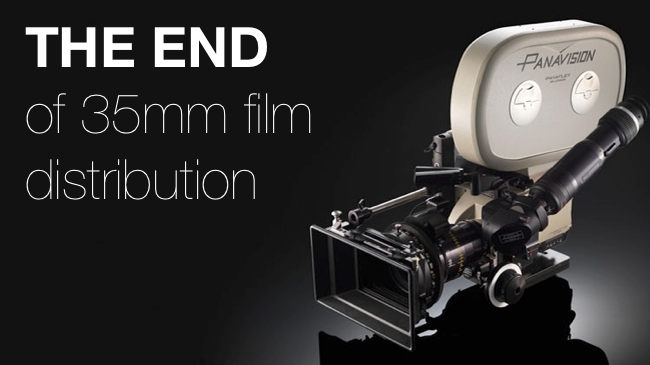
 The end of 35mm film distribution
The end of 35mm film distribution
If you live in the US and want to see a Paramount movie on 35mm, you're going to have to go and watch Anchorman 2. Well, it is described as “nearly as funny as its predecessor” on Rotten Tomatoes
In a move that surprised absolutely nobody and drew a mumbled imprecation of “well, it was only a matter of time” from observers such as yours truly, Paramount have, in the breathless phrasology of headlines, “axed distribution on 35mm.” Despite the fact that this was always the express intention of digital projection, less level-headed industry commentators – or people with nice home cinema systems who like to sound traditionalist – have taken the opportunity to hyperventilate, again, about the perceived inadequacy of digital cinema, even though the basic 2K systems are objectively better in terms of resolution, noise and steadiness than 35mm after four duplications could ever be.
But enough snarky asides. The downside here has really already occurred: film labs always survived not on the relatively small volumes of material created by shooting films, but on the much larger volumes of print distribution. In the US, at least, this business has been in terminal decline for some time, and while there's no comfort in the further whittling away of that revenue stream, the lion's share of the damage to the availability of photochemical services is already done.
Tipping point?
People have been claiming that the tipping point came surprisingly quickly. It really didn't. I've said this before, but the replacement of film as both a production and distribution medium was put off for year after year as the industry agonised over the adequacy of cheaper electronic replacements. We may complain about producers, but I can't think of many other industries – outside the safety-of-life issues inherent to things like aerospace, medicine and the military – which have been quite as able to keep the people in authority interested in quality.
The place where a withdrawal of 35mm prints will cause more grief is in the developing world. India is an interesting example because they have a thriving indigenous industry which will presumably keep producing stuff for local consumption as a 35mm print until the business need to do so goes away. This, arguably, is what Paramount have done, not that the idea is much comfort to owners of small independent move theatres who don't have the $50,000 to $100,000 required to refit a screen. But the current Paramount decision doesn't affect less technologically and financially equipped places anyway: it applies only to US distribution.
So the real shame is that 8% of screens in the US aren't capable of showing DCPs at all, and that this group of exhibitors probably overlaps with some of the older, more historic electric picture palaces. Some have been frantically fundraising to cover the refit costs, and some, inevitably, have been forced to shut down. It will be a shame if the move to digital projection, something jealously guarded for technical quality, actually ends up condemning us all to the small-room multiplex experience in a big corporate-owned cinema, because that's not the point of having a decent cinema infrastructure in the first place.
Read Phil Rhodes on Film vs Digital: here's the reality
Tags: Studio & Broadcast


Comments